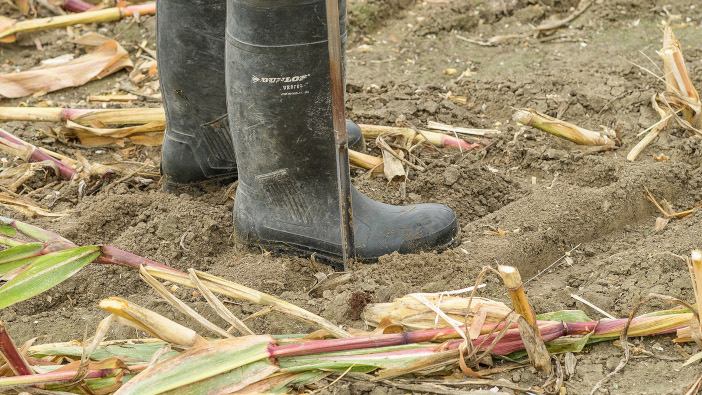After record-breaking rainfall washed away valuable nutrients, having a detrimental effect on overall soil health, Eurofins Agro soil health specialist Shane Brewer is advising growers to test soils immediately after harvest.
“Testing immediately after harvest will help understand how the outgoing crop has taken up nutrients and what is left available to the following crop. This will help to reduce input costs whilst improving plant available nutrients in soil stock,” he says.
While traditional testing will help give an idea of nitrogen levels, those looking for greater insight, or who are looking to farm using fewer chemicals will require more detailed analysis.
“Our Fertilisation Manager test provides detailed analysis of common plant available nutrients, macro and micronutrients, the physical, biological and chemical attributes of the soil as well as its carbon properties,” Shane says.
“Soil Life Monitor is a test that we are seeing greater demand for, especially with farmers looking to become more sustainable by using regenerative farming methods. It determines the total microbial biomass, fungi, bacteria and protozoa in soil samples. It also identifies physical characteristics such as pH and the quality of organic matter,” he adds.
Continuing, Shane notes that the rest uses the phospholipid fatty acids (PLFA) method to measure the biological parameters of soil life.
“Fatty acids present in the cell membranes of living organisms are measured to obtain a fingerprint of soil life. This makes it possible to distinguish between fungi and bacteria by measuring the way PLFAs are degraded in soil, which provides a more accurate picture of what soil needs to thrive.”
The flooding seen across the UK may have caused aerobic bacteria to be replaced with anaerobic bacteria, producing gases such as methane and nitrous oxide. This reduction in oxygen levels can cause reduced earthworm numbers.
“Regardless of what conditions are apparent after harvest, it is the best time to ascertain what impact the outgoing crop, and the conditions it has been grown in, have had on soil health. It is vital to understand this to ensure soils can provide plant available nutrients to maximise the subsequent crop’s yield,” concludes Shane.
For more information go to www.eurofins-agro.com


